
by Fronetics | May 23, 2018 | Blog, Content Marketing, Logistics, Marketing, Strategy, Supply Chain
If you’re hoping to generate more leads on your website, you’re going to have to develop a holistic content strategy and create many strong calls-to-action.
You may have read part one of this mini-series about the importance of having a solid website if you’re going to invest in content marketing. Essentially, there’s no point in pouring a bunch of time, money, and resources into a robust content marketing program if the website that you’re driving traffic to stinks.
Be thoughtful about the role your website plays in the lead-generation process. It’s a really important piece of the puzzle that companies often overlook.
Consistently producing quality content and distributing it through various channels, like social media, will help attract your target audience to your website. But unless you provide them with a good user experience while they’re there — and give them plenty of opportunity to opt in to learn more about your business — you’re not going to move them down the sales funnel. And you’re not going to generate more leads on your website.
So how do you ensure your website is a lead-generating machine? Here’s what I know.
5 tips to generate more leads on your website
1) Create a holistic content strategy.
I can’t overstate the importance of creating a content marketing strategy, documenting it, and then designating someone to lead it if you want your content marketing to be successful. As part of that strategy, you should outline the role your website will play in assisting the conversion of leads.
Ask yourself these questions:
- Do different pages of my website suit prospects at different stages of the buyer’s journey?
- Where do I want traffic to go from each page (so prospects move further down the funnel)?
- What calls-to-action can I add to each page to assist them in that move?
- Which pages are ripe for lead conversion, and which are better for providing information?
- If you’re using the topic cluster model (which you should be!), where are my pillar pages and corresponding topic cluster pages?
Also, make sure your messaging is consistent across your website and your regularly published content (like blog posts).
2) Think about the user and how s/he experiences your site.
Hopefully in creating a holistic content strategy that includes your website, you’re thinking primarily about how the user will be interacting with your site and each page. That means organizing pages in a way that makes sense for the prospective customer, rather than internal politics.
That sounds easy, but I have helped many organizations for whom this is incredibly challenging. Often, one department (or person) feels strongly that something very important to them deserves real estate on the homepage or in the main navigation. But, if it’s not something that is meaningful to a prospective customer, you’d best not cave. Doing some usability testing with prospects is a good way to collect data to support your reasoning.
Also to consider: think about the language your buyers are comfortable with, and avoid any overly jargony or technical wording. Make sure to lay things out in a way that is approachable for them. And aim to provide the information they seek, rather than trying to sell them at every step.
3) Publish original, quality content.
Along those same lines, the best way to convince today’s B2B buyer to choose you as a vendor is to win them over with your content. Content marketing is all about positioning yourself as an expert in the industry, after all, the business that knows the most about your product/service.
Instead of promoting your business on every page, use each as an opportunity to showcase your expertise. Create resources that will help buyers better understand how to solve their pain points. And make sure everything you publish is well-written, offers value to prospects, and is completely original. You want people to want to read what you have to say.
Consider incorporating various content formats to cater to different learning preferences:
- In-depth blog posts and articles
- Infographics for visual learners
- Short video tutorials or explainers
- Podcasts for those who prefer audio content
4) Strategically place strong, visible calls-to-action.
I’ve hinted at this one already, but it bears further explanation. Make sure your website is full of calls-to-action, or buttons/links/forms that ask visitors to do something further. After all, how do you expect someone to take an action (like providing their email address) if you don’t ask them to do it?
You can generate more leads on your website by asking visitors to become leads more often.
Make sure these calls-to-action stand out on the page so that visitors’ eyes naturally go there. Be very clear about what you’re asking for and/or what the user will get in return when they complete the action. And, again, be strategic about what you’re asking people to do on which page. You won’t have much luck, for example, asking visitors to call a sales rep on a page that is designed to assist them with initial information-gathering.
Pro tip: Use A/B testing to optimize your CTAs. Try different colors, copy, and placements to see what resonates best with your audience.
5) Offer value with your calls-to-action.
Sometimes it might take a little convincing to get visitors to provide their contact information. The best way to persuade them? Give them something they want in exchange.
We call this high-value content. Examples might include:
- Case studies
- White papers/industry reports
- Webinars
- Tutorials or how-tos
- Demonstrations
- Sneak peaks or previews
- Guides or ebooks
- Podcasts
Ask visitors to download your high-value content by completing a form, which asks for their email address. Set up your marketing automation to email the content to them, then send a series of lead-nurturing emails following up at strategic intervals to keep them moving down the sales funnel.
If you want to generate more leads on your website, follow these five steps. Above all, just be thoughtful about the role your website plays in the lead-generation process. It’s a really important piece of the puzzle that companies often overlook.
Related posts:
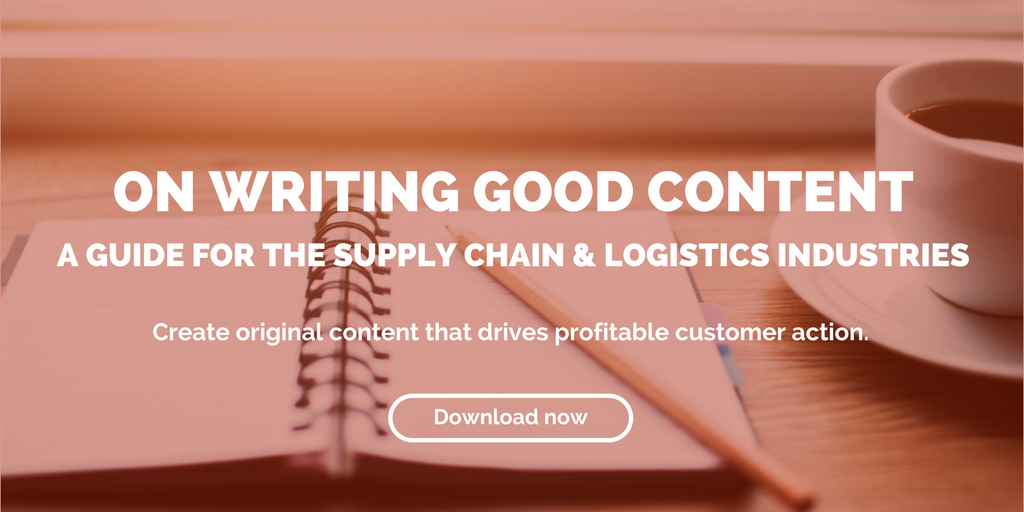

by Fronetics | May 3, 2018 | Blog, Content Marketing, Logistics, Marketing, Social Media, Strategy, Supply Chain
If you’re looking to grow brand awareness fast, here are 8 tricks to boost your efforts.
Have you ever noticed how some brands seem to have crept into popularity overnight? You’ve never heard of them, and then, all of sudden, they’re everywhere.
Their brand awareness has sky rocketed, and they’re achieving every company’s ultimate goal: Customers know about them. So what’s their secret?
Here at Fronetics, we don’t believe they have a secret. We believe that they took advantage of content marketing and its many benefits — growing brand awareness included. They were able to scale their growth in a short amount of time, a true success story for the digital era. Companies like Uber and Yelp have used these tips to implement small changes that yielded large results.
Remember, in order to grow brand awareness, you need to be proactive. It’s time to steer away from some of the traditional marketing methods, which don’t take into account how modern B2B buyers research vendors. Start putting your content marketing strategy to the test.
[bctt tweet=”To grow brand awareness fast, it’s time to steer away from some of the traditional marketing methods, which don’t take into account how modern B2B buyers research vendors. ” username=”Fronetics”]
If you’re looking to increase your brand awareness fast, there’s no better place to start than with content marketing. Check out these 8 tips for using content marketing to grow your brand awareness fast.
Infographic: 8 ways to grow brand awareness fast
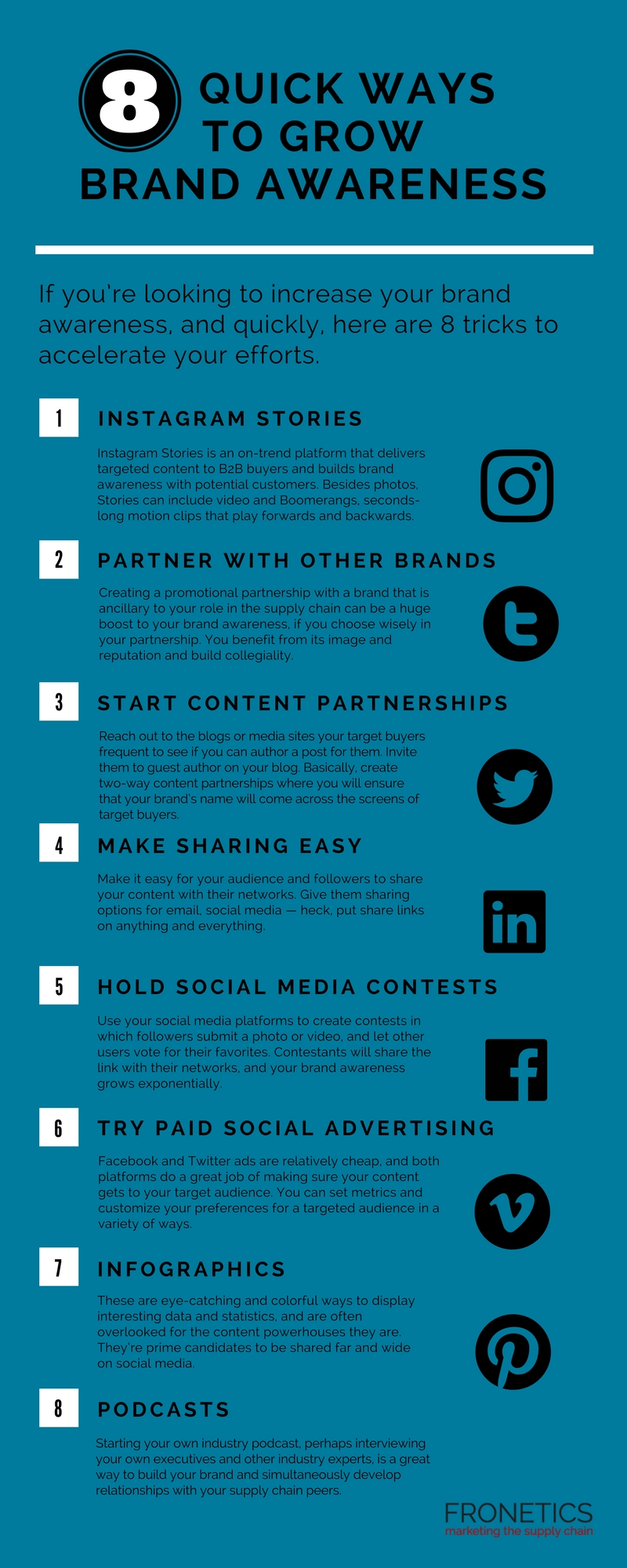
(Made with Canva)
How do you grow brand awareness fast?
Related posts:
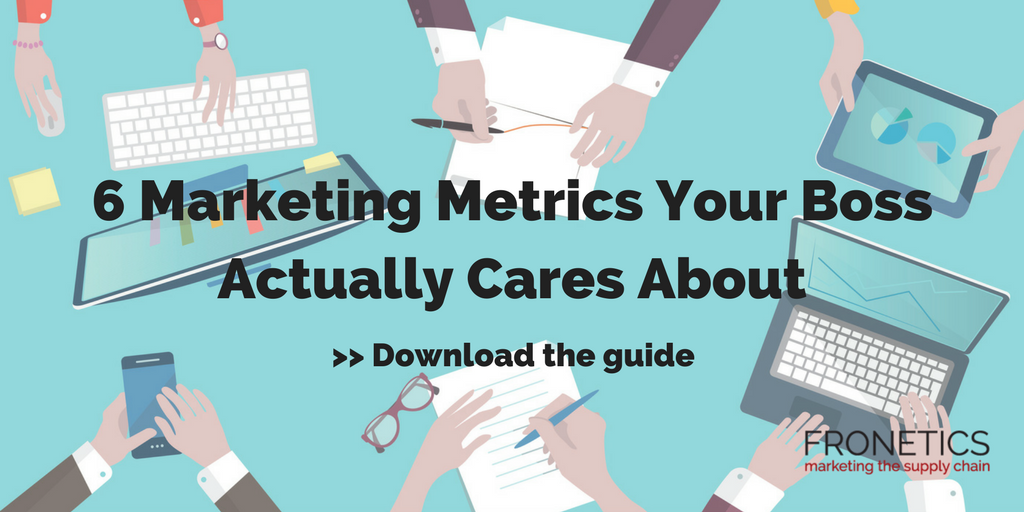

by Fronetics | Apr 11, 2018 | Blog, Content Marketing, Logistics, Marketing, Social Media, Supply Chain
Updated December 5, 2024
Today’s B2B buyer’s journey involves more internet research and more social media use.
The B2B buyer’s journey has undergone a dramatic transformation, driven by digital innovation and changing buyer preferences. Research from Gartner shows that B2B buyers now spend only 17% of their total purchase journey time meeting directly with potential suppliers. Instead, they dedicate 27% of their time researching independently online.
Key Trends Shaping the B2B Buyer’s Journey
Digital-First Research Phase
According to TrustRadius’ 2023 B2B Buying Disconnect report, 87% of buyers want to self-serve part or all of their buying journey. This shift toward digital self-service has fundamentally changed how B2B companies must approach their marketing and sales strategies.
The Rise of Multi-Channel Engagement
Recent data from McKinsey (2023) reveals that B2B buyers regularly use ten or more channels throughout their purchase journey, compared to just five channels in 2016. This multichannel approach includes:
- Online research and comparison tools
- Social media platforms
- Peer review sites
- Virtual product demonstrations
- Video content
- Interactive webinars
The Impact of Peer Influence and Social Proof
LinkedIn’s State of B2B Marketing report highlights that 84% of B2B buyers are more likely to purchase from vendors recommended by their professional network. This emphasis on peer validation has made social proof and customer testimonials more crucial than ever.
Adapting Your Strategy to the Modern Buyer’s Journey
Content Personalization and Industry Expertise
Recent research by Salesforce indicates that 76% of B2B buyers expect vendors to understand their business needs and industry challenges specifically. This demands:
- Industry-specific content creation
- Personalized solution recommendations
- Targeted thought leadership content
- Custom ROI calculations
The Role of Digital Content in Decision Making
Content continues to play a pivotal role, but its format and delivery have evolved. According to HubSpot’s 2023 State of Marketing Report, the most effective content types now include:
- Video content (preferred by 91% of B2B buyers)
- Interactive tools and calculators
- Case studies and success stories
- Industry research and original data
- Expert webinars and virtual events
Strategic Implications for B2B Companies
Understanding the modern B2B buyer’s journey is crucial for optimizing marketing and sales efforts. Companies must:
- Invest in robust digital presence across multiple channels
- Create high-quality, industry-specific content
- Leverage social proof and customer testimonials
- Provide self-service information and tools
- Maintain consistent omnichannel engagement
The B2B buying process hasn’t necessarily shortened, but it has become more complex and digitally oriented. Success requires adapting to these changes while maintaining focus on delivering value throughout the buyer’s journey.
Infographic: the B2B buyer’s journey

The B2B buyer’s journey continues to evolve with technological advancement and changing buyer preferences. Companies that understand and adapt to these changes – by providing comprehensive digital resources, personalizing content, and enabling self-service options – will be better positioned to attract and convert modern B2B buyers.
Related posts:
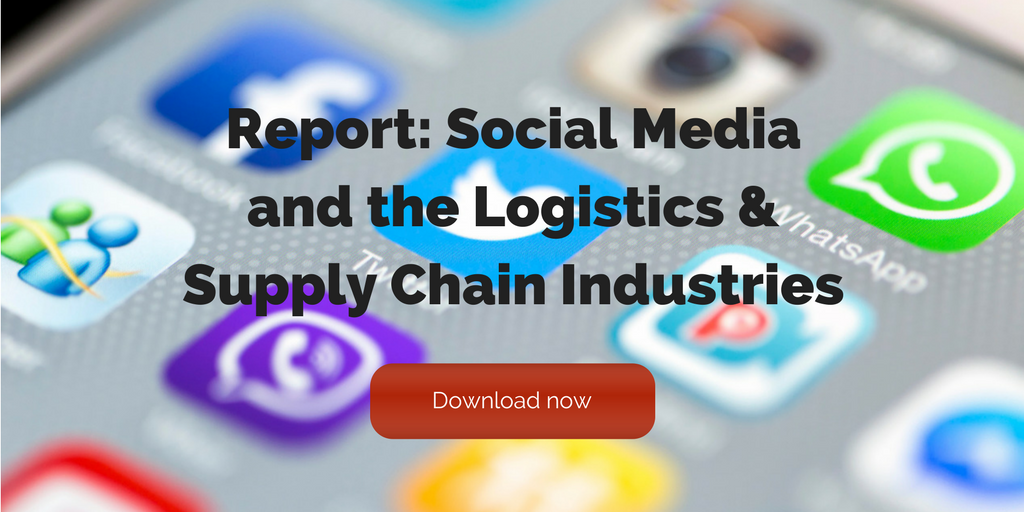

by Fronetics | Mar 1, 2018 | Blog, Content Marketing, Logistics, Marketing, Strategy, Supply Chain
Brand awareness is key in optimizing your content marketing efforts but can be challenging to quantify. Here are four metrics to help you measure brand awareness.
Brand awareness is the extent to which potential customers recognize a brand and associate it with specific products and services. Making the public aware of your company is a long-term goal of content marketing. Through social media, blogs, and other platforms, content marketing works to create brand awareness and strengthen trust with target customers. Drawing the public’s attention to — and heightening their knowledge of — your business ultimately generates leads that turn into sales, after all, which is the end marketing objective.
But it has been notoriously difficult to quantify how effective your content marketing strategy is (and, more specifically, how far your brand awareness reaches). Unlike vanity metrics, which are easy to quantify, measuring brand awareness takes more than just a simple calculation. But that doesn’t mean you shouldn’t take the time to measure brand awareness.
Understanding the value of brand awareness gives companies insight into how well their content marketing strategy is working to generate leads and drive sales. As marketing ROI guru Jim Lenskold writes:
“The value of brand awareness is the equivalent of half of a $100 bill. Unless you know where to find the other half, there really is no value. Brand awareness does not have a financial value on its own but is part of the collective effort necessary for marketing to drive incremental sales.”
Brand awareness is key to reaching and influencing potential customers. Here are some metrics to help your measure your brand awareness.
4 ways to measure brand awareness
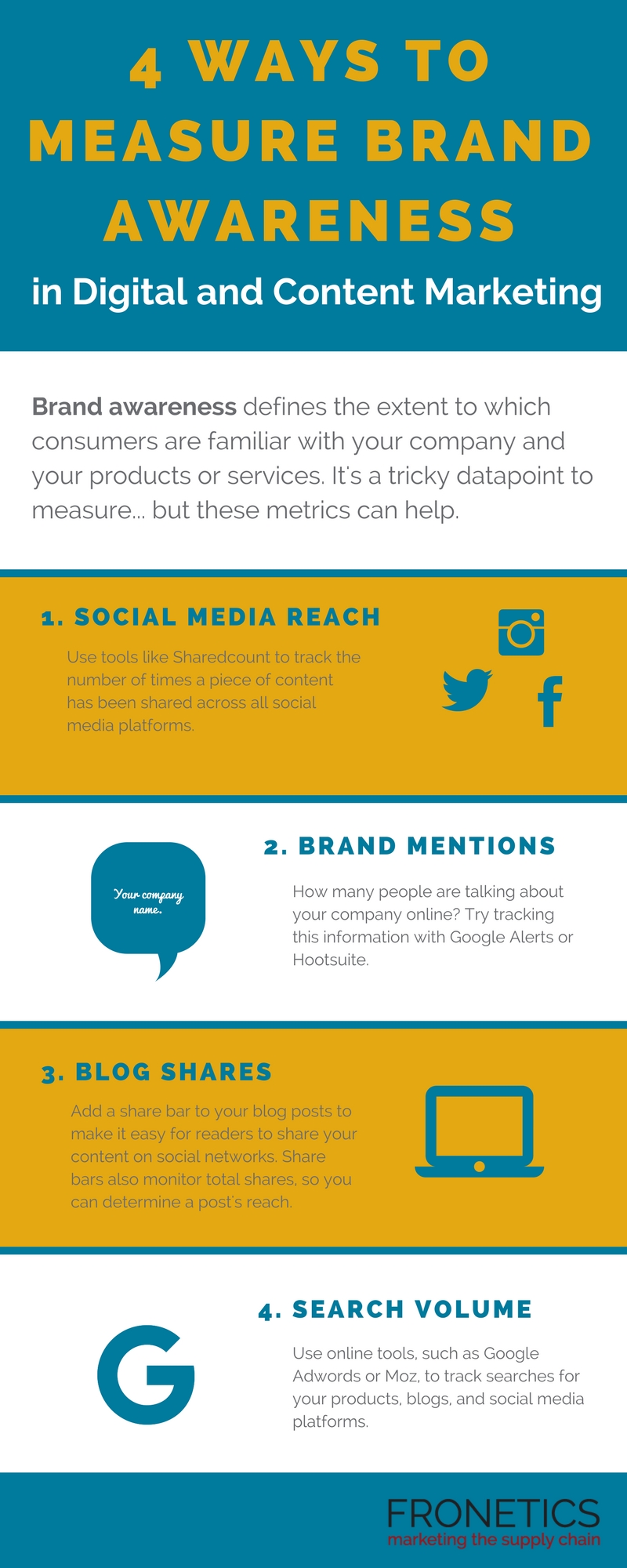
(Made with Canva)
Ultimately, the more aware audiences are about your brand, the more likely they are to buy your products or services. From familiarity grows trust, which only helps to strengthen your brand and create new relationships with potential customers.
Taking the time to measure brand awareness will help to maximize the success of your content marketing strategy and increase leads. These four metrics will give you a good indication of how familiar your target audiences are becoming with your company.
Related posts:

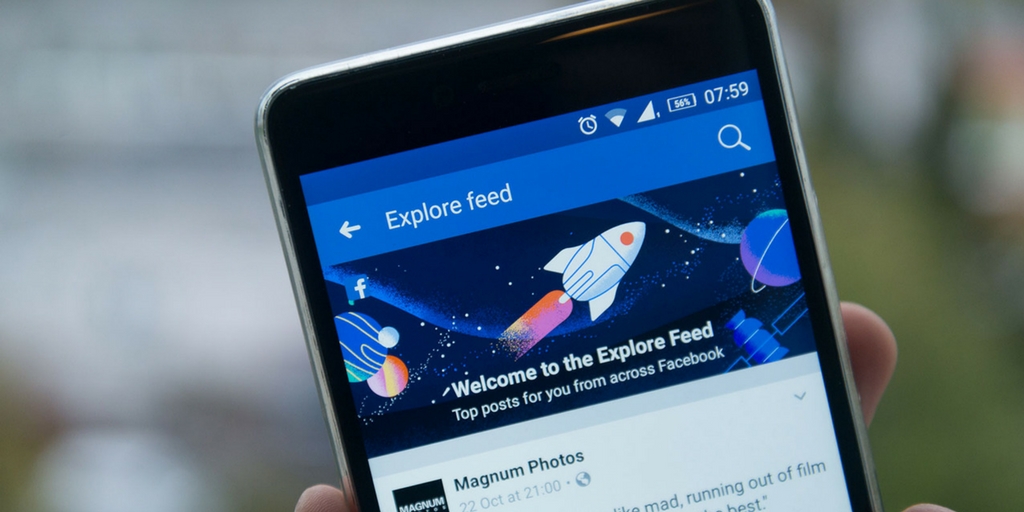
by Fronetics | Jan 17, 2018 | Blog, Content Marketing, Current Events, Marketing, Social Media
Users will see less content from businesses, brands, and media, so you need to adjust your strategy to appear on your followers’ Facebook News Feed.
Mark Zuckerberg once again rocked the world on January 11 — at least for businesses — when he announced that Facebook News Feed was evolving to include less public content, meaning content from Pages of businesses, brands, and media. The algorithm will now prioritize posts from friends and family (over public posts) and those that “spark conversations and meaningful interactions between people.”
Cue businesses around the world freaking out. They’re about to see their organic reach, video watch time, and referral traffic take a nose dive.
The fact is, this is really not a huge surprise. Facebook has been taking steps in this direction for a while, including the testing of Explore Feed last year. Even though you may have anticipated that some changes to Facebook for businesses were coming, you may be tempted to suddenly stop maintaining your Facebook Page. Is it worth posting content to Facebook if it is not going to reach your followers after these new changes?
Our stance at Fronetics is that Facebook is still worthwhile for businesses. But Zuck’s recent announcement does merit your close attention to — and perhaps a revisiting of — your Facebook strategy. We’ve compiled a list of things you need to know/do in light of the new changes to Facebook News Feed. Here they are.
4 steps to adjust your strategy for Facebook News Feed changes
1) Focus on news-worthy content that drives engagement.
Zuckerberg says, “I’m changing the goal I give our product teams from focusing on helping you find relevant content to helping you have more meaningful social interactions.” That means that engagement will now mean more than ever before for content visibility.
In other words, posting your blog content to Facebook is no longer going to cut it. If your posts don’t garner comments or reactions, it’s time to go back to the drawing board. You’ll need to start thinking of Facebook as a place to post and discuss active news items, hot-button issues, and highly shareable content (content that is educational or entertaining, for example).
Scheduling multiple posts ahead of time, though convenient, will probably land your content further into the depths of oblivion. You’re going to have to pay attention, actively seek to generate conversation between users with your posts, and fight to win space on your followers’ feeds.
2) Tell your community to access the See First feature.
Users who still want to see posts from certain Pages they follow can choose “See First” in News Feed Preferences. So, quite simply, we suggest asking your followers to choose to see your content.
While some proactive followers may do this on their own, we want to encourage you to explicitly remind your community to do this. Remember that people are most likely to do what you want them to when you make it easy, exact, and clear. So send them an email with directions. Or put it in your newsletter or a blog post. Just tell them to do it.
One thing you don’t want to do: goad people into commenting on your posts as a means to increase your content visibility. Facebook has explicitly stated that it will demote “engagement bait,” or posts that ask for comments or reactions. So you’ll actually hurt your content by doing this.
3) Get your executives on social media.
I’ve written before about getting your executives on social media as themselves — they act as brand ambassadors for your business. Facebook’s latest announcement underscores the importance of this directive.
Your company’s executives are the most visible people in your business. For many of your industry peers and customers, they are the face of your brand. Get them active on Facebook to add meaningful thoughts to your company’s posted content, to engage in discussions, and to share newsworthy content of their own.
It’s important to note that I don’t mean that they should do this in a superficial way. They should actively seek to add value to your Facebook content and that which is relevant to happenings within your industry. By being engaging on Facebook, your executives emerge as thought leaders, which boosts your brand’s visibility and reputation.
4) Consider your Ad budget.
In the past, we have recommended adding some social media advertising to a traditional content marketing strategy as a way for clients to add gasoline to a fire, so to speak. It speeds things up. But those companies who are just starting out or who rely heavily on referral traffic might want to consider reallocating budget to sponsored ads.
Final thoughts on the new Facebook News Feed
This is a shift, yes. A challenge, for sure. But not one that’s insurmountable — or even contrary to the basic principles of good, data-driven content marketing.
Remember, Facebook is not eliminating Page content from News Feed altogether — just limiting it. The most relevant, engaging Page content will win that space. So seek to understand your target audience and produce high-quality, original content that engages those people, and you’ll come out on top of the new Facebook News Feed.
Related posts:

SaveSave
SaveSave












